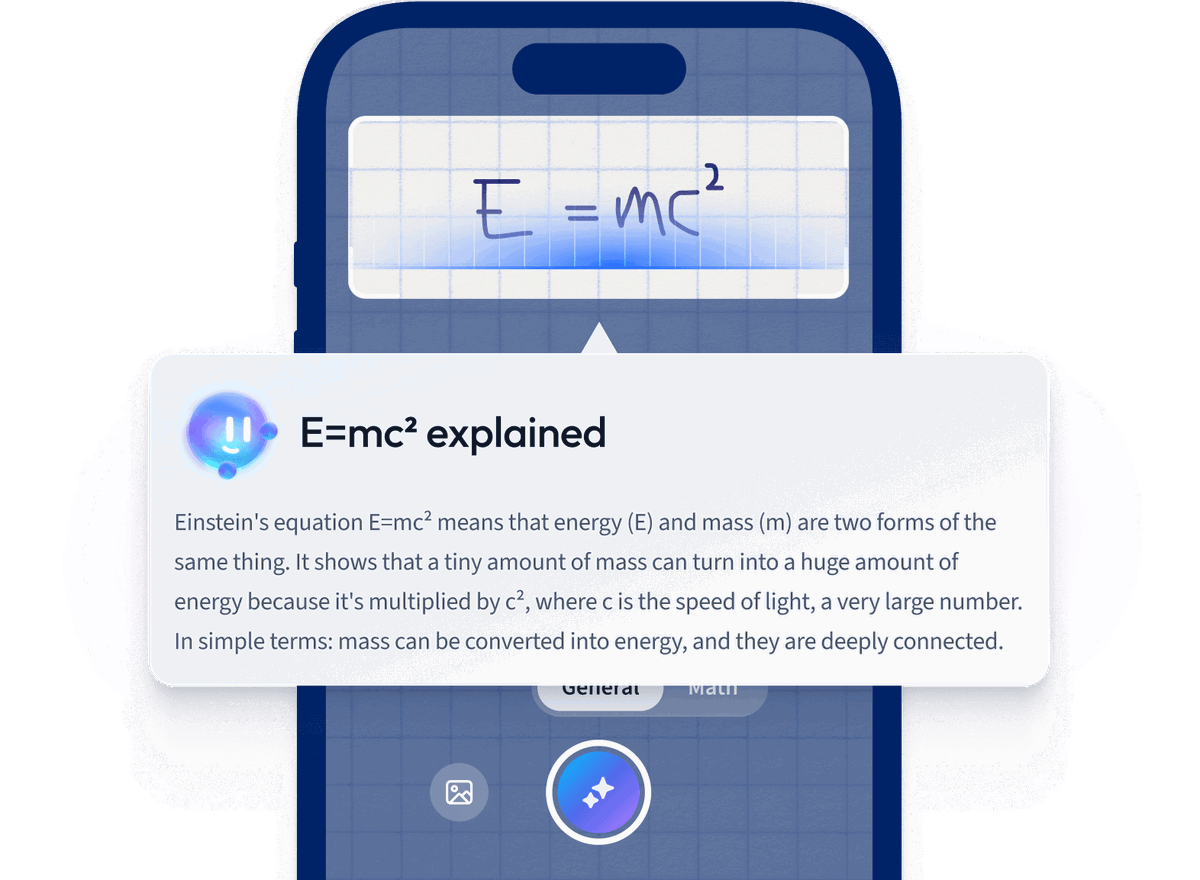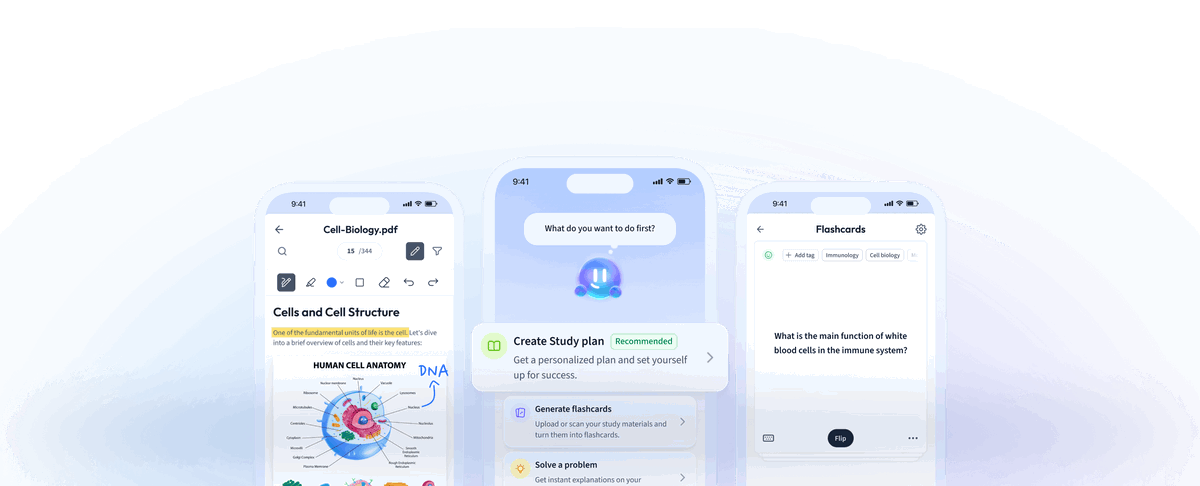Progressive Education Definition
Progressive education means a form of education that rejects the idea of classical education styles being enough for students to have a fulfilled learning experience. Progressive education sees the need not only for sitting and listening (classical) but also for learning by doing and being involved. This type of education wants students to be up and out of their seats, interacting and experimenting with each other directly to develop a greater understanding of the topic being presented. Students put to use laboratories, kitchens, the outdoors, and more rather than staying in one seat all day long.
Classical Education is based on a 3-part process of training the mind; the first is absorbing facts and laying the foundations for advanced studying. The second is learning arguments and critical thinking; the third and final is learning to use these two processes to express themselves. This entire 3-part process is also known as the "trivium".
Progressive Education Philosophy
The philosophy of progressive education not only emphasizes the importance of education itself but also the importance of how its subjects are taught to the students; it seeks to focus on the human experience as the basis of knowledge. Education is not only meant to set up children for a successful life in the future, but also to understand how to live in their current environments. School should enable students to be active, motivated, and learn to become problem solvers- to know and to do a subject are seen as equally valuable in progressive education.
Students in a progressive classroom are given the power to take a more active role in the learning process by
- Interacting with their environments.
- Setting objectives for their own learning.
- Teamwork.
- Learning through doing.
- Engaging in problem-solving.
- Helping to establish classroom rules.
- Evaluating & testing their ideas.
 Project-Based Learning table & skills - Progressive Education
Project-Based Learning table & skills - Progressive Education
Progressive Education Society
Before the Progressive Era of the 1890s to 1920s, American society was plagued by low wages, unsafe and overcrowded factories, no standards for food safety, and no safety nets for citizens who could not find employment.
During the 1890s to 1920s, progressive movements were spreading all across the country intending to making life better. Industrialization and urbanization were widening the gap between the working poor and the rich business owners through their exploitation of labor and cruel business practices. Women were still not allowed to vote, children were working in factories rather than attending school, and families could barely make ends meet due to the pathetically low wages. The Progressive Era encouraged a change in these categories, believing that children going back to school and having access to better education would help turn society around for the better; this would be achieved by engaging students in tasks that involved real-world problem-solving.
 "Young Workers League" protesting for the end of child labor (circa 1900s)
"Young Workers League" protesting for the end of child labor (circa 1900s)
Progressive Education John Dewey
In July of 1894, John Dewey entered the city of Chicago, Illinois from Ann Arbor, Michigan. The train arrived in the city late due to the American Railway Union going on strike, as the Pullman Company had cut employee wages once again. The strike cost 30 people their lives and Dewey openly condemned President Cleveland for his suppression and disregard for the strike. Over the next few years, Dewey would contemplate all that he knew of the world around him and how he grew up; how could he make a change in the struggling society around him?
 George Pullman circa 1870The Pullman Strike of 1894 took place across the American continent, with thousands (approximately 260,000) refusing to work and delaying countless train lines. During the Panic of 1893, in which the country was facing a serious economic depression, George Pullman cut his employee's wages by 1/3 while simultaneously refusing to make their rent cheaper. In retaliation, Eugene V. Debs, leader of the American Railway Union, encouraged workers far beyond his state borders to boycott the company.
George Pullman circa 1870The Pullman Strike of 1894 took place across the American continent, with thousands (approximately 260,000) refusing to work and delaying countless train lines. During the Panic of 1893, in which the country was facing a serious economic depression, George Pullman cut his employee's wages by 1/3 while simultaneously refusing to make their rent cheaper. In retaliation, Eugene V. Debs, leader of the American Railway Union, encouraged workers far beyond his state borders to boycott the company.
To crush the strike, President Grover Cleveland sent troops into Chicago where they were met with rioters. By the end of the strike, a railroad yard was burned to the ground and around 30 people were dead. Debs was arrested and sent to prison for 6 months while Pullman's reputation never fully recovered; he died of a heart attack in 1897.
After a few years of writing, John Dewey released his book "The School and Society" in 1899. He expressed that the old model of schooling was outdated and that students should become more involved in the classroom. Due to the decline of farms with the growth of cities, Dewey knew that children needed to learn sewing, cooking, and working with metals and wood to better navigate the changing times. He didn't believe that hands-on learning should replace the old style of schooling, but rather it should enhance it.  John Dewey US Library of CongressIn Dewey's classrooms, he expressed the importance of learning by doing over learning by listening.
John Dewey US Library of CongressIn Dewey's classrooms, he expressed the importance of learning by doing over learning by listening.
In one of Dewey's classes, he had his students separate cotton from its seeds by hand; a time-consuming and tedious process. After being taught how to build, and use, a cotton gin to do the work for them, his students had a greater understanding of why the machine was invented and also the intense work that human hands were forced to do during times of slavery. Separating the cotton and working together to make the process more efficient helped students understand the importance of teamwork, as each student's help was equally as valuable; this was accomplished while simultaneously giving students an important history lesson.
Dewey firmly believed that cooperative learning would encourage not only a democratic classroom, but also a democratic way of life; free of elites, ethnic divisions, or economic inequalities. Dewey also believed that humans were naturally inclined to be cooperative, not selfish and destined for conflict. Democracy and scientific intelligence was John Dewey's key to reform. He believed deeply in the power of labor unions, strikes, and the redistribution of income. He is known today as the "Father of modern education".
 John Dewey - Inquiry Model
John Dewey - Inquiry Model
Did you know?
Before his death in 1952, Dewey had written 37 books and published 766 articles in 151 journals.
Progressive Education Movement
Progressive education focused on teaching real-world problem-solving activities and provided students with everyday experiences that would be helpful (and relevant) to their daily lives rather than only focusing on rigid subject content. The outcome of the Progressive Era and progressive education consisted of
- New laws for better living conditions.
- The expansion of educational opportunities.
- The elimination of new types of criminal activity.
From the late 19th century onwards, progressive education has aimed to blur the lines that classical education had set between those of different social classes. Breaking the barriers between students and having them work on both individual and group projects helps them learn how to properly interact with each other and what is around them. This, paired with classical forms of education, not only prepares them for written tests but also for the challenges they will face in the real world. As a result, progressive education can be classified as a working model of democracy.
Progressive Education - Key takeaways
- Before the Progressive Era of the 1890s to 1920s, American society was plagued by low wages, unsafe and overcrowded factories, no standards for food safety, and no safety nets for citizens who could not find employment.
- Progressive education did not aim to replace classical education, it aimed to enhance it.
- Progressive education believes that learning by doing (progressive) is just as important as learning by listening (classical).
- Progressive education aims to break barriers between students with different cultural backgrounds, talents, and interests. It seeks to promote diversity and understanding to create a better society.
- John Dewey was an educational reformer who is known as the "Father of modern education".
How we ensure our content is accurate and trustworthy?
At StudySmarter, we have created a learning platform that serves millions of students. Meet
the people who work hard to deliver fact based content as well as making sure it is verified.
Content Creation Process:
Lily Hulatt is a Digital Content Specialist with over three years of experience in content strategy and curriculum design. She gained her PhD in English Literature from Durham University in 2022, taught in Durham University’s English Studies Department, and has contributed to a number of publications. Lily specialises in English Literature, English Language, History, and Philosophy.
Get to know Lily
Content Quality Monitored by:
Gabriel Freitas is an AI Engineer with a solid experience in software development, machine learning algorithms, and generative AI, including large language models’ (LLMs) applications. Graduated in Electrical Engineering at the University of São Paulo, he is currently pursuing an MSc in Computer Engineering at the University of Campinas, specializing in machine learning topics. Gabriel has a strong background in software engineering and has worked on projects involving computer vision, embedded AI, and LLM applications.
Get to know Gabriel
















